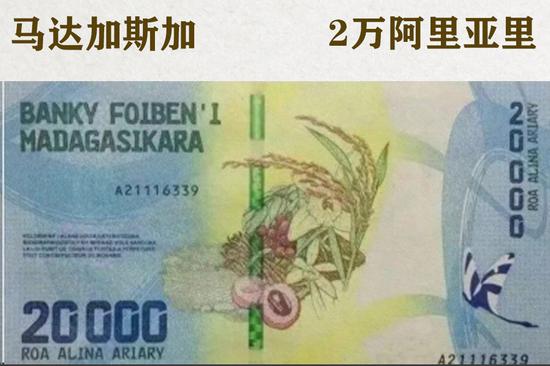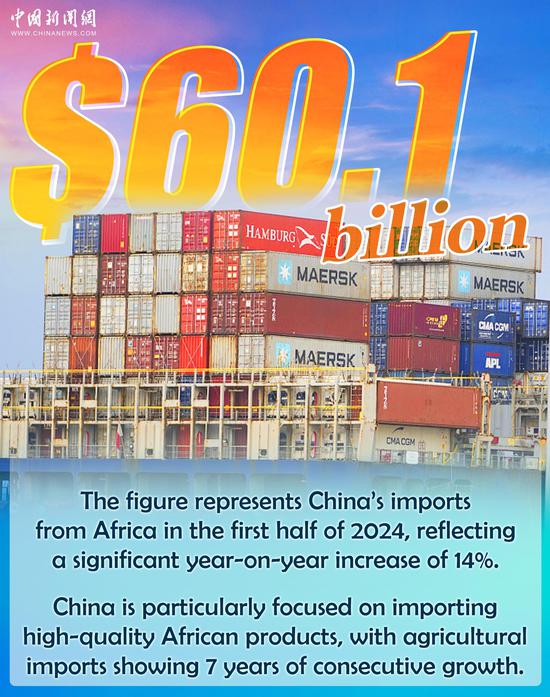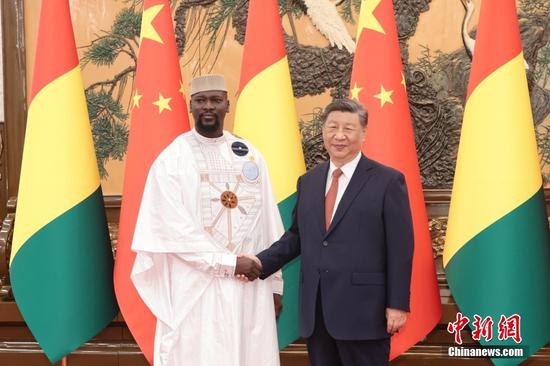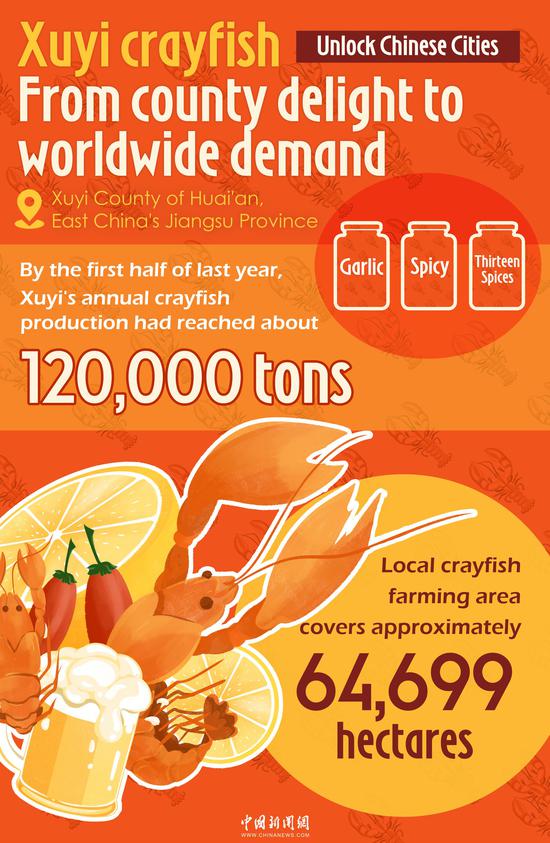China's total imports and exports of goods hit 28.58 trillion yuan ($4.02 trillion) in the first eight months this year, up 6 percent year-on-year, remaining on a steady growth trajectory, according to data released by the General Administration of Customs (GAC) on Tuesday.
Of that total, China's exports totaled 16.45 trillion yuan, up 6.9 percent, while imports reached 12.13 trillion yuan, increasing by 4.7 percent, resulting in a trade surplus of 4.32 trillion yuan, expanding by 13.6 percent from a year earlier, the GAC data showed.
In August alone, the nation's foreign trade recorded 3.75 trillion yuan, up 4.8 percent year-on-year. Exports in the month logged 2.20 trillion yuan, up 8.4 percent; while imports were 1.55 trillion yuan, remaining unchanged from the same period last year.
In U.S. dollar terms, China's exports last month rose by 8.7 percent, beating broad market expectations. Imports grew by 0.5 percent.
China's foreign trade has demonstrated strong resilience in 2024. In August, exports were higher than expected, surpassing global economic trends and domestic GDP growth rate. Despite dealing with increasingly complex and challenging global conditions in recent years, China's foreign trade enterprises have displayed strong competitiveness, Zhou Maohua, an economist at China Everbright Bank, told the Global Times on Tuesday.
The primary factor supporting China's foreign commerce is the persisting expansion of global demand. China's trade structure continues to optimize, with strong performance in emerging markets such as Association of Southeast Asian Nations (ASEAN), Belt and Road Initiative (BRI) partner countries, and Latin America.
Additionally, because of the unstable policy outlook in Europe and the U.S., and increased shipping costs driven by geopolitical volatilities, there is a possibility that some retail traders are stocking up Chinese goods in advance of the traditional peak shopping season, Zhou said.
As the world's largest goods trader, China has sustained growth in its trade with ASEAN, the EU, the U.S., and South Korea. In the first eight months, ASEAN has remained China’s largest trading partner, with bilateral trade volume hitting 4.5 trillion yuan, up 10 percent year-on-year, accounting for 15.7 percent of China's total foreign trade.
The EU is China’s second-largest trading partner, with bilateral trade totaling 3.72 trillion yuan, an increase of 1.1 percent year-on-year, making up 13 percent of China's total foreign trade. The U.S. ranked as the third trade partner, with trade coming in at 3.15 trillion yuan, up 4.4 percent. South Korea was China's fourth-largest trading partner, with a trade value of 1.51 trillion yuan, up 8 percent year-on-year.
Meanwhile, China's trade with the BRI partner economies totaled 13.48 trillion yuan, marking a 7-percent year-on-year increase. This includes exports of 7.54 trillion yuan, up 7.7 percent, and imports of 5.94 trillion yuan, up 6.1 percent.
China's foreign trade entities have remained active, with 630,000 businesses engaging in import and export activities over the first eight months of 2024, an 8.8 percent year-on-year increase.
Among them, private enterprises, the main drivers of foreign trade, recorded 15.74 trillion yuan in imports and exports, marking a growth of 10.5 percent, accounting for 55.1 percent of the country’s total foreign trade, up by 2.3 percentage points from the same period last year.
The share of private export enterprises is growing up steadily, as new foreign trade models are evolving, reflecting the vitality of the sector, Zhou noted.
Overall, the robust performance of China's exports will continue to buoy up economic growth in the second half of the year, offering strong backing for meeting this year’s economic growth targets, Zhou added.


















































 京公网安备 11010202009201号
京公网安备 11010202009201号